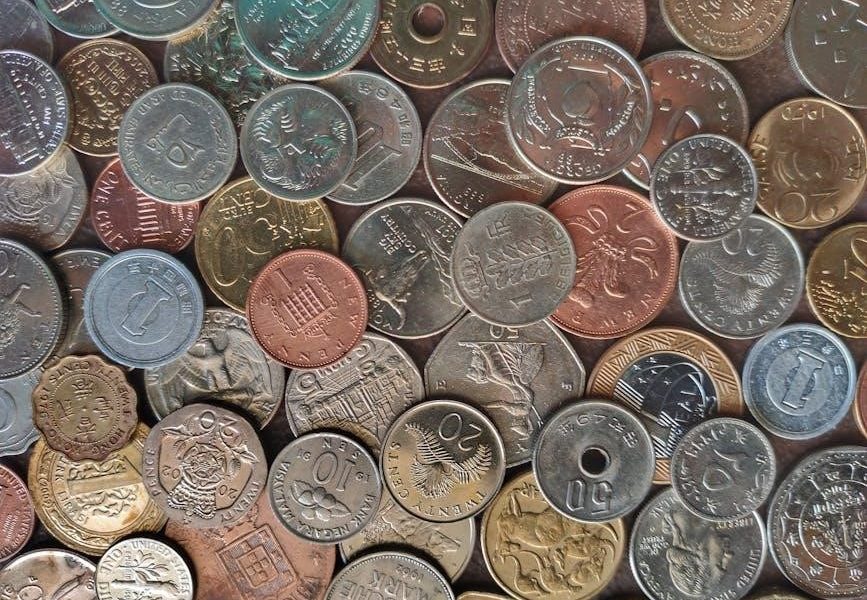
silver coins investment guide
Silver Coins: A Comprehensive Investment Guide
Navigating the world of finance requires informed decisions; this guide explores silver coins as a tangible asset, covering strategies and insights for potential investors.
Understanding Silver as an Investment
Silver, historically valued as currency and a store of wealth, presents a unique investment opportunity. Unlike fiat currencies, silver possesses intrinsic value, stemming from its industrial applications and limited supply. Investors often turn to silver during economic uncertainty, viewing it as a safe haven asset – a hedge against inflation and currency devaluation.
Its performance isn’t perfectly correlated with stocks or bonds, offering portfolio diversification benefits. However, silver can be volatile, influenced by factors like industrial demand, investor sentiment, and global economic conditions. Understanding these dynamics is crucial for successful investment. Courses like those offered by QTLab, though in Italian, highlight asset valuation, a key skill for any investor.
Historical Performance of Silver
Silver’s price history reveals periods of significant gains and losses, mirroring broader economic trends. Throughout the 20th and 21st centuries, silver has experienced booms driven by industrial demand and speculative investment, followed by corrections. Examining past performance, however, doesn’t guarantee future results; market conditions constantly evolve.
Investing foundations, as taught by IBD experts, emphasize understanding historical context. While silver isn’t consistently a top performer, it has demonstrated the potential for substantial returns during specific economic climates. Courses focusing on trading strategies, like those from Verified Investing, stress the importance of analyzing market signals to anticipate price movements. Successful investing requires a nuanced understanding of silver’s cyclical nature.
Why Invest in Silver Coins?
Silver coins offer a unique blend of tangible asset ownership and potential financial benefits. Unlike purely digital investments, physical silver provides a hedge against economic uncertainty and currency devaluation. They represent a store of value, historically utilized during times of financial instability.
Investing, as defined by foundational courses, involves seeking profit or income. Silver coins can fulfill both roles, potentially appreciating in value and offering a degree of portfolio diversification. Advanced trading strategies, like VWAP mastery from Verified Investing, can be applied to silver markets. Furthermore, silver’s industrial applications contribute to long-term demand, potentially supporting price stability – a key consideration for investors;
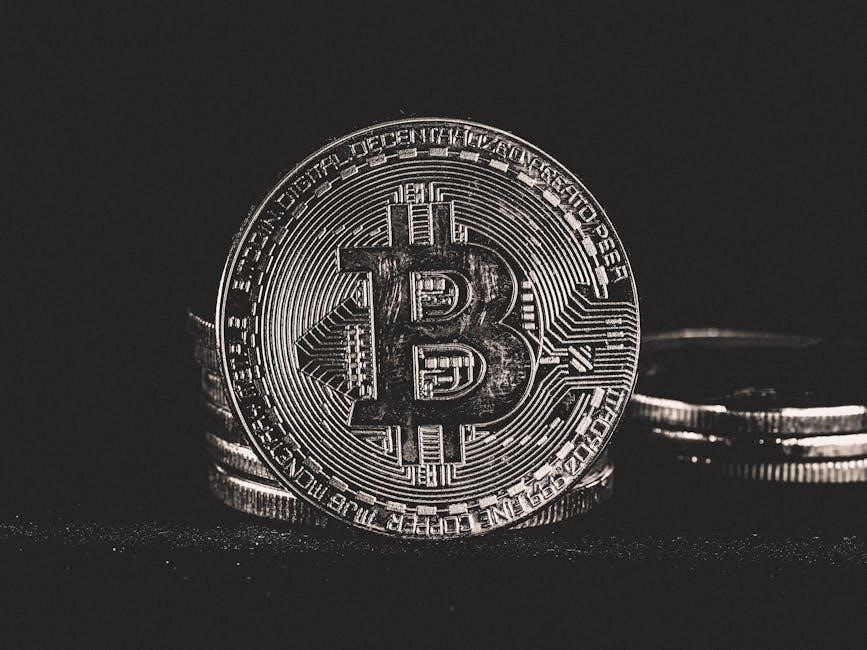
Types of Silver Coins for Investment
Diverse options exist for silver coin investors, including American Eagles, Canadian Maple Leafs, Austrian Philharmonics, South African Krugerrands, and Mexican Libertads.
American Silver Eagles
American Silver Eagles, first released in 1986, are among the most popular silver bullion coins globally. These coins are guaranteed to contain one troy ounce of .999 fine silver, making them a highly trusted investment vehicle. The obverse features Adolph Weinman’s “Walking Liberty” design, a classic symbol of American freedom, while the reverse showcases a heraldic eagle with a shield.
Their status as legal tender adds to their appeal, though their value is primarily driven by the silver spot price. Silver Eagles are readily recognizable and easily traded, offering liquidity for investors. Premiums over spot price can vary based on market demand and dealer markups, but they consistently remain a favored choice for both beginner and experienced silver stackers due to their purity and iconic design.
Canadian Silver Maple Leafs
The Canadian Silver Maple Leaf, introduced in 1988 by the Royal Canadian Mint, is renowned for its exceptional purity – .9999 fine silver. This makes it one of the purest silver bullion coins available. The obverse features the iconic maple leaf design, symbolizing Canada’s national identity, while the reverse depicts Queen Elizabeth II.
Maple Leafs incorporate advanced security features, including radial lines and micro-engraving, to deter counterfeiting. Like Silver Eagles, they are legal tender but their value is largely tied to the silver spot price. Their high purity and security features contribute to a slightly higher premium over spot. They are widely recognized and traded internationally, offering investors a secure and liquid silver investment option.
Austrian Silver Philharmonics
The Austrian Silver Philharmonic, first minted in 2008 by the Austrian Mint, quickly gained popularity among investors and collectors. These coins boast a .999 fine silver content and showcase a beautiful design representing instruments from the Vienna Philharmonic Orchestra – a violin, cello, harp, and flute. The reverse features the iconic Musikverein concert hall in Vienna.
Philharmonics are known for their elegant design and high silver purity, making them a desirable addition to any portfolio. They are legal tender in Austria, though their value primarily derives from the underlying silver price. Like other bullion coins, premiums vary based on market conditions and dealer markups. They offer a blend of aesthetic appeal and investment potential.
South African Silver Krugerrands
The South African Silver Krugerrand, launched in 2017, extended the legacy of the gold Krugerrand to the silver market. These coins contain .999 fine silver and feature the iconic springbok antelope on the reverse, a national symbol of South Africa, and Paul Kruger, the former president, on the obverse. Initially, production was limited, creating early demand.
Silver Krugerrands offer a unique combination of historical significance and investment value. They are recognized globally and provide a relatively liquid asset. Premiums over spot price can fluctuate, influenced by demand and availability. Their robust design and silver content make them a compelling option for diversifying a precious metals portfolio, appealing to both investors and collectors.
Mexican Silver Libertads
Mexican Silver Libertads, first minted in 1982, represent a beautiful and historically rich investment option; These coins are .999 fine silver and showcase iconic Mexican symbols, including the national emblem – an eagle devouring a serpent perched on a cactus – on the reverse. The obverse features depictions of the Angel of Independence. Libertads are highly regarded for their artistic design and purity.
Unlike many other silver coins, Libertads do not have a stated face value, adding to their appeal as purely bullion investments. Premiums can vary based on year and condition. They offer a unique way to diversify a portfolio and benefit from silver’s potential price appreciation, attracting both investors and collectors globally.

Evaluating Silver Coin Value
Determining a silver coin’s worth involves assessing the current spot price, any premium added by dealers, and meticulously evaluating its condition and grading.
Spot Price of Silver
The spot price represents the current market price for immediate delivery of one troy ounce of silver; This benchmark is crucial for understanding the underlying value of any silver coin investment. It fluctuates constantly, influenced by global economic factors, industrial demand, investment sentiment, and geopolitical events. Investors should regularly monitor the spot price through reputable financial websites like Investing.com, as it forms the foundation for calculating a coin’s intrinsic worth.
Understanding that the spot price is a baseline is key; actual purchase prices will always be higher due to premiums charged by dealers. Tracking historical spot price trends can also provide valuable context when evaluating potential investment opportunities and assessing long-term performance expectations. Remember, the spot price is a dynamic figure, requiring consistent attention.
Premium Over Spot Price
The premium is the amount you pay above the current spot price of silver when purchasing a coin. This additional cost covers the dealer’s markup, fabrication costs, distribution expenses, and perceived rarity or collectibility. Premiums vary significantly depending on the coin type, its condition, the dealer, and overall market demand. American Silver Eagles, for example, often command higher premiums than generic bullion rounds.
Savvy investors compare premiums across different dealers and coin types to secure the best possible value. Lower premiums generally mean a more efficient purchase, maximizing the amount of silver acquired for each dollar spent. Monitoring premium trends can also indicate market sentiment – rising premiums suggest strong demand, while falling premiums may signal a cooling market.
Coin Condition and Grading
A silver coin’s condition significantly impacts its value, especially for numismatic (collectible) coins. Professional grading services, like PCGS and NGC, assess coins based on a standardized scale, assigning grades from Poor (P-1) to Perfect Mint State (MS-70). Higher grades denote fewer imperfections – scratches, wear, toning – and command substantial premiums.
While bullion coins are primarily valued for their silver content, even slight damage can reduce their appeal to collectors. Understanding grading standards allows investors to accurately assess a coin’s worth and potential for appreciation. Certified coins, encapsulated for protection, offer assurance of authenticity and grade, simplifying the buying and selling process and often fetching higher prices.

Where to Buy Silver Coins
Sourcing silver requires careful consideration; options include reputable online dealers, local coin shops offering personal service, and purchasing directly from government mints;
Reputable Online Dealers
Choosing a trustworthy online dealer is paramount for a secure silver coin investment. Several platforms offer extensive selections, competitive pricing, and robust security measures. Look for established businesses with positive customer reviews and transparent policies regarding shipping, returns, and authentication.
Investing.com provides real-time charting tools, useful for tracking silver’s performance, while other dealers specialize in bullion sales. Verify the dealer’s accreditation with organizations like the Better Business Bureau.
Compare prices across multiple dealers, factoring in shipping costs and any associated fees. Be cautious of unusually low prices, as they may indicate counterfeit products or fraudulent practices. Prioritize dealers offering insured shipping and secure payment options to protect your investment throughout the transaction process. Thorough research is key.
Local Coin Shops
Exploring local coin shops offers a personalized approach to silver coin investment. These establishments provide the opportunity for direct examination of coins, fostering trust and allowing for expert consultation. Building a relationship with a reputable local dealer can be invaluable, offering insights into market trends and coin grading.
Unlike online platforms, local shops allow immediate possession of your purchase, avoiding shipping delays and potential risks.
However, pricing may vary, so comparing with online dealers is advisable. Look for shops with knowledgeable staff, secure premises, and a commitment to authenticity. Don’t hesitate to ask questions about the coin’s provenance and condition. Supporting local businesses while securing your investment presents a beneficial combination.
Direct from Mints
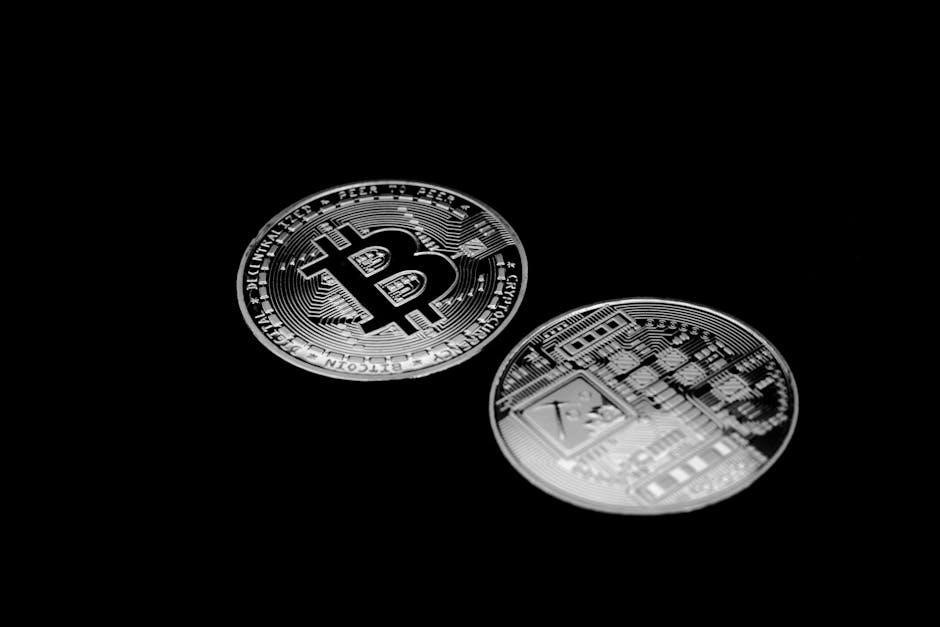
Purchasing silver coins directly from mints guarantees authenticity and often provides access to newly released issues. This eliminates concerns about counterfeiting, a crucial factor in precious metals investing. Major mints, like the U.S. Mint, the Royal Canadian Mint, and the Austrian Mint, offer online ordering and sometimes have physical retail locations.
While prices may be slightly higher than secondary market options, the assurance of quality and provenance is a significant benefit.
Direct purchases often include protective packaging and certificates of authenticity. Be mindful of shipping costs and potential delays, especially for limited-edition releases. Exploring mint websites provides detailed product information and current availability, streamlining the investment process.
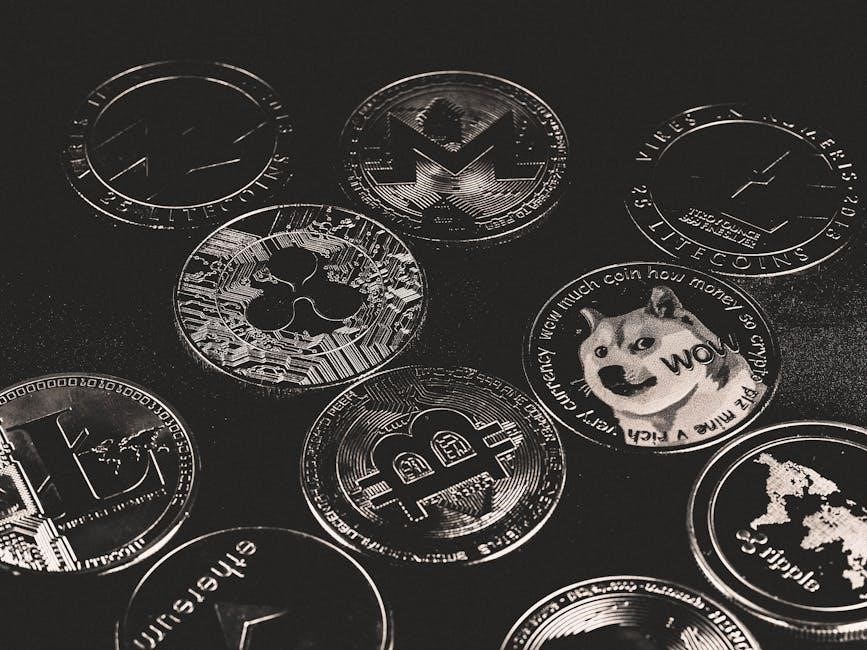
Storing Your Silver Coin Investment
Secure storage is paramount; options range from discreet home safes to bank deposit boxes, or professional vault services, each offering varying levels of protection.
Home Storage Options

For those preferring direct control, home storage presents several possibilities. A robust home safe, bolted to the floor, is a common starting point, offering a degree of security against theft. However, consider fire resistance – crucial for protecting your investment. Concealment is also key; avoid obvious locations.
Simple options include hidden compartments within furniture or walls, though these offer less protection. Remember to insure your silver against loss or damage, regardless of storage method. Document your holdings meticulously with photos and serial numbers, if available.
While convenient, home storage carries inherent risks. A determined thief, or a house fire, could compromise your investment. Weigh the cost of enhanced security measures against the potential losses before choosing this route.
Bank Safety Deposit Boxes
Bank safety deposit boxes offer a seemingly secure alternative for storing silver coins. They provide a layer of protection against home theft and fire, housed within the bank’s vault. However, access is limited to bank hours, and you must declare the contents to the bank, though privacy is generally maintained.
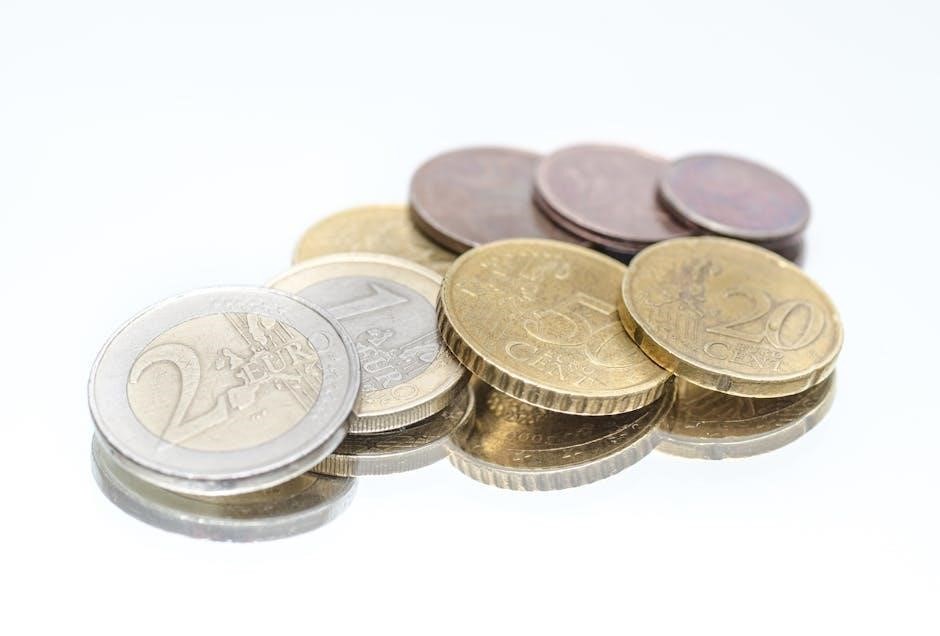
Crucially, safety deposit boxes are not insured against all risks. Banks typically insure only against loss due to the bank’s negligence, not theft or natural disasters. Ensure your homeowner’s or renter’s insurance extends coverage to off-site storage.
Consider the bank’s financial stability; while rare, bank failures can complicate access. Document your holdings thoroughly and maintain a separate record outside the box. Weigh the convenience and security against potential limitations and costs.
Professional Vault Storage
For substantial silver coin investments, professional vault storage presents a robust security solution. Specialized facilities offer comprehensive insurance coverage, exceeding typical bank limitations, protecting against theft, fire, and even natural disasters. These vaults employ advanced security measures, including 24/7 surveillance, biometric access, and reinforced construction.
However, this convenience comes at a cost – annual storage fees can vary based on the quantity of silver and the facility’s services. Segregated storage, where your coins are individually identified and stored separately, is preferable to commingled storage.

Research reputable providers, verifying their insurance policies and security protocols. Consider logistical factors like ease of auditing your holdings and potential retrieval processes.
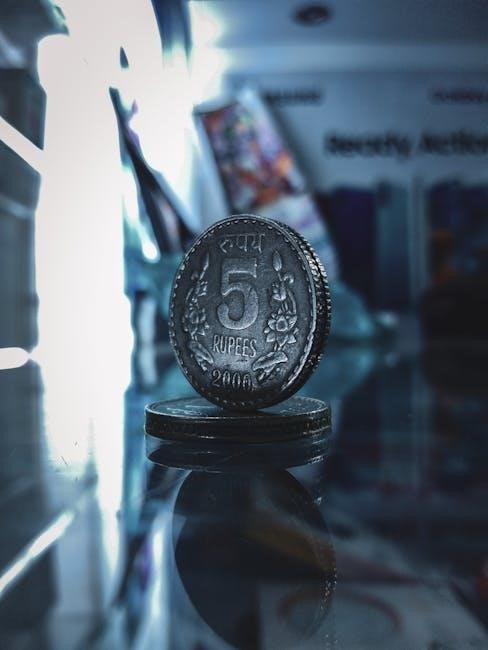
Risks and Considerations
Investing in silver coins involves inherent risks, including market fluctuations, potential counterfeiting, and storage-related expenses that investors must carefully evaluate.
Market Volatility
Silver, like most commodities, experiences price volatility influenced by global economic factors, geopolitical events, and investor sentiment. This means the value of your silver coin investment can fluctuate significantly over short periods. Understanding this inherent risk is crucial before investing. While silver can act as a hedge against inflation and economic uncertainty, its price isn’t immune to downturns;
External factors, such as industrial demand (silver has many industrial applications), currency fluctuations, and interest rate changes, can all contribute to price swings. Investors should be prepared for potential losses and avoid investing funds they cannot afford to risk. Diversification within a broader investment portfolio can help mitigate the impact of silver’s volatility.
Counterfeit Coins
The allure of silver’s value unfortunately attracts counterfeiters, posing a significant risk to investors. Sophisticated fakes can closely resemble genuine silver coins, making detection difficult for the untrained eye. These counterfeits often contain base metals and lack the intrinsic value of authentic silver. Purchasing from reputable dealers is paramount to minimizing this risk.
Carefully inspect coins for inconsistencies in weight, diameter, and design details. Consider investing in a precious metals testing kit or seeking professional authentication from a grading service. Be wary of deals that seem too good to be true, as they may indicate a fraudulent product. Thorough due diligence is essential to protect your investment from counterfeit silver coins.
Storage Costs and Security
Securely storing your silver coin investment is crucial, but it often incurs costs. Home storage, while seemingly free, requires robust security measures like safes and alarm systems, representing an upfront investment. Bank safety deposit boxes offer enhanced security but come with annual rental fees, varying by location and box size.
Professional vault storage provides the highest level of security, often including insurance, but is the most expensive option. Consider the value of your holdings when deciding on a storage method. Factor in potential insurance premiums and the ongoing costs of maintaining security. Prioritize a solution that balances cost-effectiveness with adequate protection against theft and loss.
Leave a Reply
You must be logged in to post a comment.